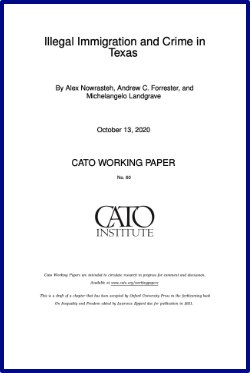By Peter Higgins
What moral standards ought nation-states abide by when selecting immigration policies? Peter Higgins argues that immigration policies can only be judged by considering the inequalities that are produced by the institutions - such as gender, race and class - that constitute our social world.Higgins challenges conventional positions on immigration justice, including the view that states have a right to choose whatever immigration policies they like, or that all immigration restrictions ought to be eliminated and borders opened. Rather than suggesting one absolute solution, he argues that a unique set of immigration policies will be just for each country. He concludes with concrete recommendations for policy-making.
Edinburgh: Edinburgh University Press, 2013. 281p.





















